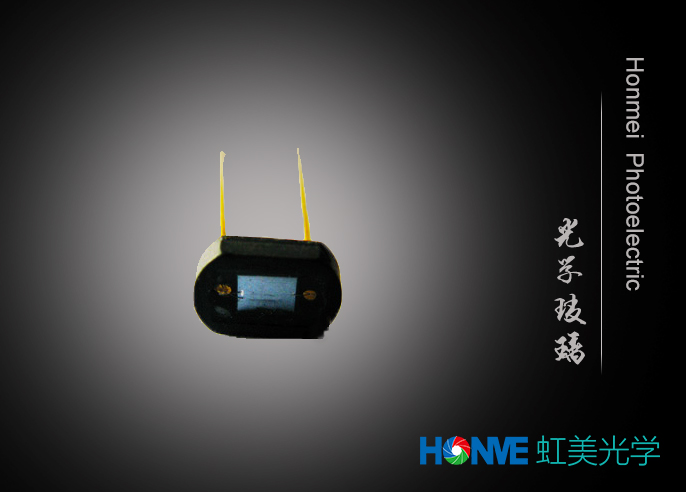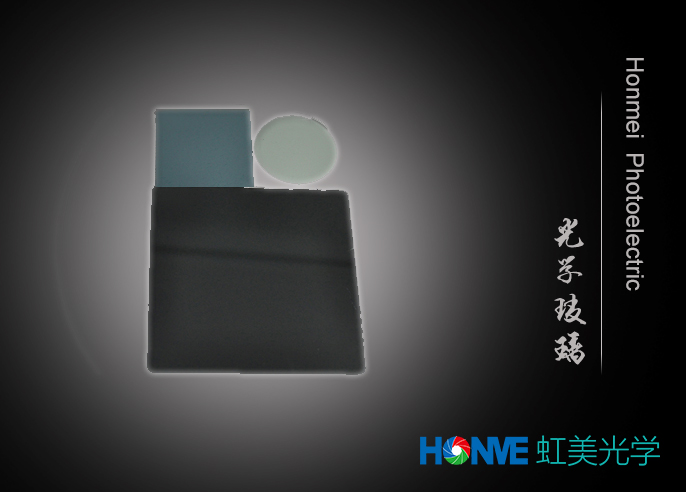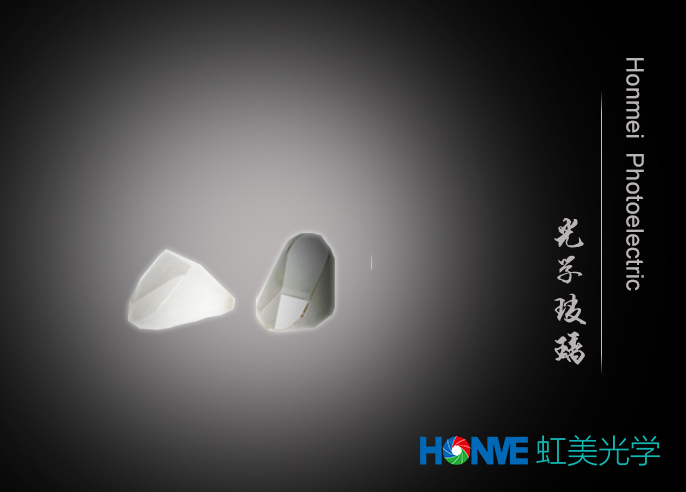How to judge the quality of optical glass?
How to judge the quality of optical glass?
Optical glass is glass that changes the direction of the light and changes the relative spectral distribution of ultraviolet, visible, or infrared light. Optical glass in narrow sense refers to colourless optical glass; optical glass can be used to make lenses, prisms, reflectors and windows in optical instruments. The difference between optical glass and other glasses is that it is a component of the optical system and some must satisfy the requirements of optical imaging. Therefore, the determination of the quality of optical glass also contains some special and severe indexes.
First, the specific optical constants and the consistency of the optical constants of the same batch of glasses
Each type of optical glass has regular refractive index values for different wavelengths and light, and is used as a basis for optical planners to plan optical systems. So the optical constants of optical glass factory production must be in the range of allowable error within certain value, or will make the practice as the expected quality and planning the result does not match the quality and effect of optical instruments.
Two, a high degree of transparency
The brightness of an optical system is proportional to the transparency of the glass. The transparency of an optical glass to a wavelength of light expressed as an optical absorption coefficient K lambda. Light passes through a series of prisms and lenses, and its energy is somewhat reduced to the interface of an optical component, while others are absorbed by the medium (glass) itself. As a result, the primary way to increase transmissivity is to reduce the reflection loss of the lens surface, such as coating, antireflection, etc. on optical systems containing multiple thin lenses.










